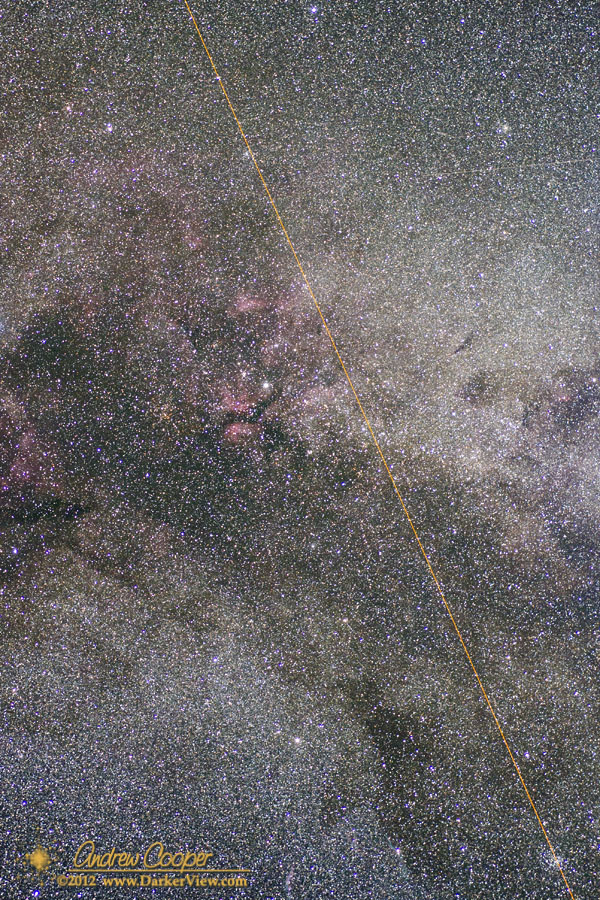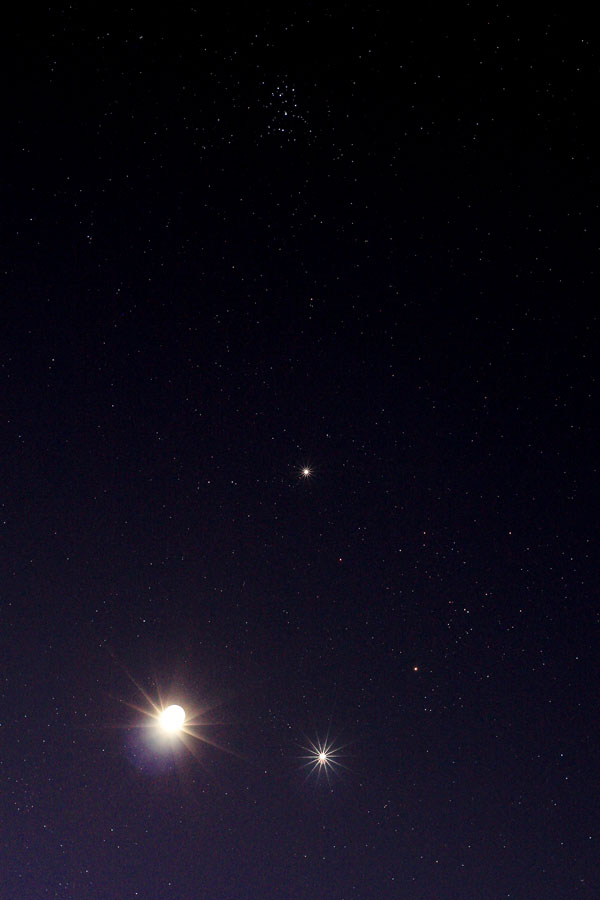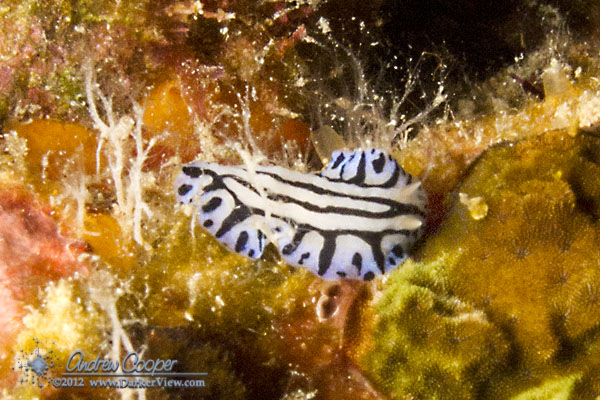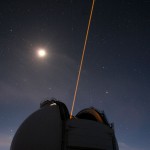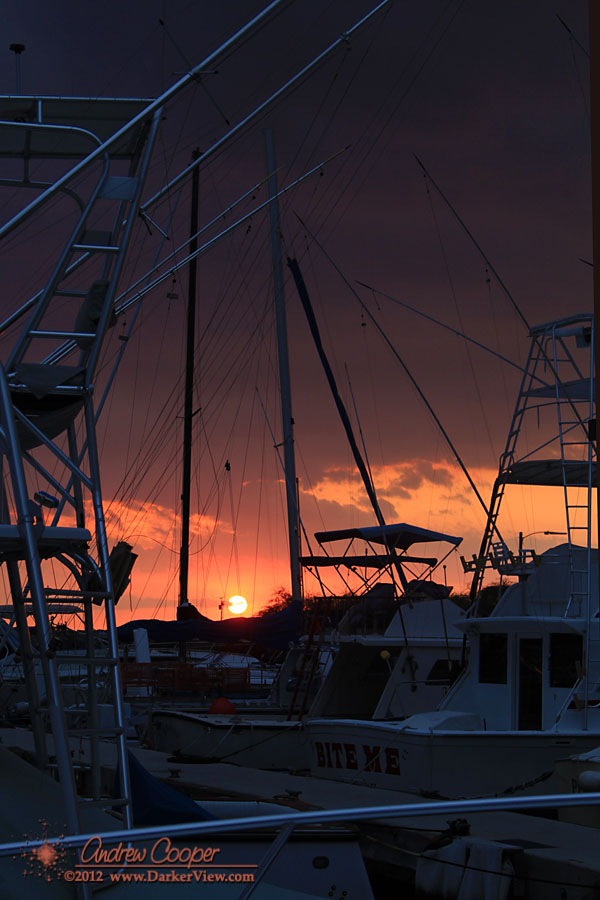It hits you as soon as you step through the front door. There is only one thought that describes it… tourist trap.
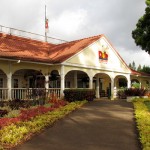
I have been to tourist traps so kitschy they actually become fun. Between Benson and Wilcox, Arizona, along I-10 is The Thing. The place make no pretense about being a pure tourist trap. Admission to the museum that includes the namesake mummy/artifact/side-show-exhibit is actually quite cheap, $1 per person last time I was there. They obviously make the money in the gift shop. Beside The Thing itself, the little museum is surprisingly decent, with western memorabilia, wagons and old cars. If you take the place for what it is you can simply enjoy the experience, with some ice cream on the way out.
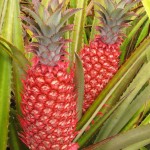
There were a few simple signs in the garden that explained the history of the Dole pineapple empire and it’s founder, James Dole. The story is a fascinating example of a determined businessman who took a quiet local market and turned it into a global industry. It is a classic example of the plantation history of Hawai’i, with all of the good and ugly bits mixed in. Likely you will not learn much visiting the place. There was supposed to be something more of a museum here, if it still existed I could not find it behind all the tasteless merchandise. A bit of history, something real, anything would have created a more worthwhile stop. I guess it would just take up space that could be used for another rack of hula skirts.
I must admit it was not all bad… Walking through the garden Deb and I discovered the best part. There were cute little Carolina anoles all through the bromeliads. We must have spent half an hour chasing anoles trying to get good photos, with some success. The pineapple ice-cream float wasn’t so bad either.

